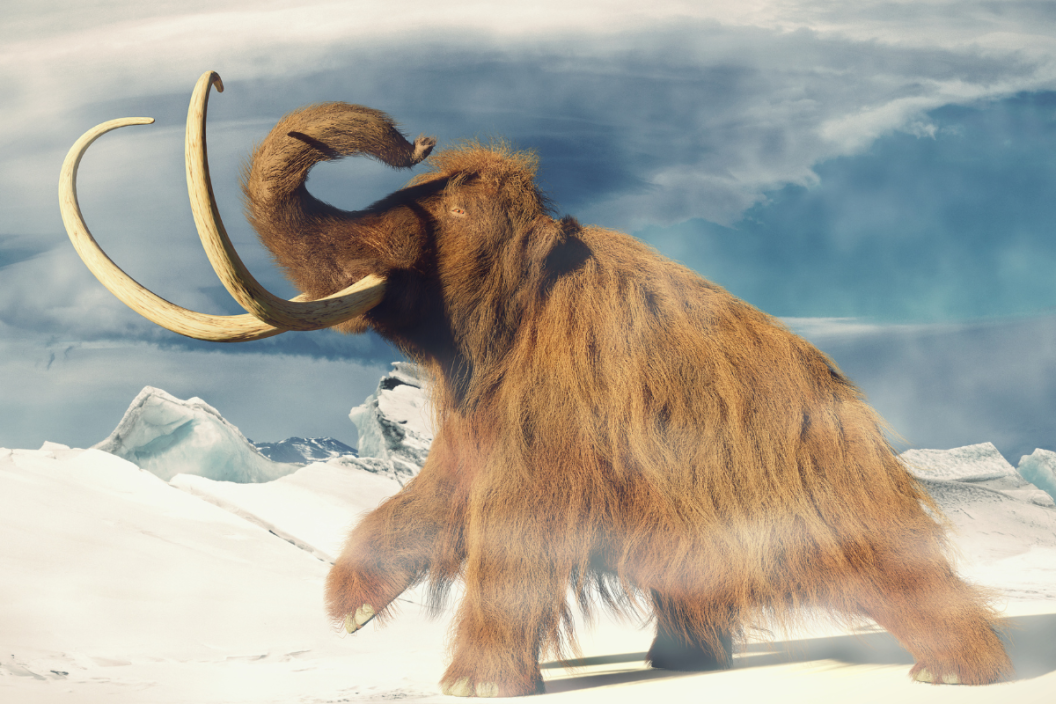Funding research isn't a foreign concept for the CIA. The Central Intelligence Agency has its hands in many different pies, and the most recent action is funding an organization focused on bringing back animals that have gone extinct. The CIA's venture capital investment firm In-Q-Tel (IQT) has pledged funds to Texas company Colossal Biosciences, which plans to use technology to edit existing animals' DNA to give them the characteristics of extinct organisms. Their website states, "May pre-history thunder forward. We have the DNA, the technology, and the leading experts in the field. Next, we will have the woolly mammoth alive again."
Bringing back the woolly mammoth is one of the pillars of Colossal's de-extinction program. However, it won't exactly be the prehistoric woolly mammoth. Instead, it will be "a cold-resistant elephant with all of the core biological traits of the woolly mammoth." According to Colossal's website, "It will walk like a woolly mammoth, look like one, sound like one, but most importantly, it will be able to inhabit the same ecosystem previously abandoned by the mammoth's extinction."
Bringing back the mammoth isn't just a fun bioscience project. Colossal believes that the mammoth would help with the following:
- Slowdown the melting of the arctic permafrost
- Prevent the release of up to 600 million tons of net carbon annually from the permafrost layer
- Reduce overgrown shrub forests, bringing them back to their natural state
- Bring back the Mammoth Steppe (at one time, Earth's most extensive biome)
- Nurture an ecosystem that can fight climate change through its defenses
- Learn more about cold-resistant genetics
- Keep elephants from becoming extinct
- Advance CRISPR editing (a way of finding a specific piece of DNA within a cell)
- Give nature the tools to resist human influence on ecosystems
- Link genetic sciences and climate change
The company has set some lofty goals but ones that stand to have significant outcomes for humanity. The mammoth is not the only extinct animal Colossal hopes to revive; they also want to bring back the Tasmanian tiger and the dodo bird.
For IQT, it's "less about the mammoths and more about the capability," according to a blog post. The investment group sees the big picture and what the technology can do for the planet instead of just a couple of extinct species. The bioscience solutions "will unlock such capabilities as programming the physical properties of wood to improve building materials, preventing the extinction of not-yet-extinct but endangered animal species, sequestering carbon from the atmosphere, further enhancing crop species to tolerate increasingly severe climatic changes, and curing human diseases such as sickle-cell anemia, beta thalassemia, Duchenne muscular dystrophy, and many kinds of cancer."
The investment also keeps the U.S. at the forefront of genetic engineering technology, giving them a leg up on other nations that may be interested. It also allows the government to "set the ethical, as well as the technological standards."




